How To Grow Angel Wings (Senecio Candidans)
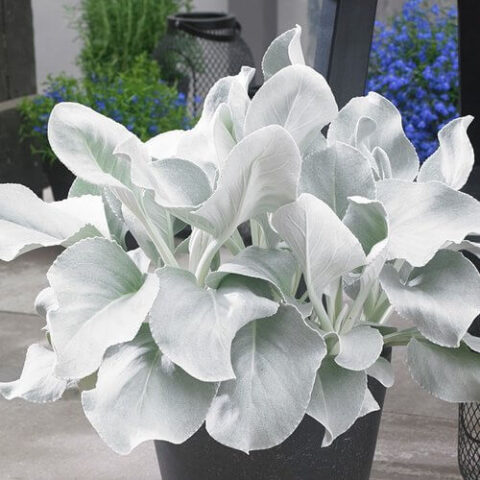
Introduction
Senecio candidans ‘Angel Wings,’ or simply Angel Wings, is an eye-catching evergreen perennial with large, silvery or grey-white leaves. This Senecio species captivates with its soft, velvety leaves, providing a visually striking appearance and a unique tactile experience. If you want to enhance your garden with Angel Wings, delve into this guide on how to grow Angel Wings.
Native to the Patagonian region of Chile in South America, close to the coast, Angel Wings has adapted to tolerate salt winds, making it well-suited for coastal planting. While it may produce yellow flowers on occasion, the main ornamental feature is its foliage.
In terms of hardiness, Angel Wings ‘Senaw’ can withstand moderately cold temperatures, down to approximately -5°C. However, experts generally recommend cultivating it outdoors year-round in regions with mild climates, good drainage, and low rainfall. Alternatively, it can thrive when cultivated in a pot, allowing for easy relocation under cover during the colder months. It’s essential to note that Senecio candidans Angel Wings may have a shorter lifespan, especially if exposed to excessive moisture. How to grow angel wings is a mysterious inquiry that often sparks curiosity and imagination. Read the article below!
A Succulent Diversity
Senecio, a diverse genus in the daisy family, encompasses ragworts and groundsels, making it one of the largest flowering plant genera with over 1,500 species worldwide. While most Senecios are not succulent, some exhibit succulent characteristics. These succulent varieties vary in size, with stems ranging from 20-30 cm to over one and a half meters. The fleshy leaves come in diverse shapes and colors, from round to banana-shaped and various shades of green and blue. Succulent Senecios feature clusters of flowers on long stems, but their foliage often captivates gardeners more than their blooms. Although suitable for outdoor growth in warm climates, Senecio succulents are popular as indoor plants in areas with cooler winters, often cultivated in hanging baskets where their trailing leaves add decorative charm.
Some Notable Senecio Varieties
- Senecio angel wings (Senecio candicans)
- Senecio cineraria (Dusty Miller)
- Senecio confusus (Mexican Flame Vine)
- Senecio rowleyanus (String of Pearls)
- Senecio serpens (Blue Chalksticks)
- Senecio stapeliiformis (Pickle Plant)
- Senecio vitalis (Narrow-Leaf Chalksticks)
- String of bananas (Senecio radicans)
- Spear head (Senecio kleiniiformis)
- Ragwort (Senecio jacobaea)
- Cocoon plant (Senecio haworthii)
- Groundsel (Senecio vulgaris)
- String of dolphins (Senecio peregrinus)/ (Dolphin necklace)
- Senecio barbertonicus (Succulent Bush Senecio)
- Senecio cephalophorus (Mountain Fire)
- Senecio angulatus (Creeping groundsel)
- Senecio longiflorus (Paintbrush Flower)
- Senecio macroglossus (Natal ivy)
- Vertical leaf Senecio (Senecio crassissimus)
- Woolly Senecio (Senecio scaposus)
- Senecio anteuphorbium (Swizzle Sticks)
- Senecio pendulus (Inch Worm)
- Senecio oxyriifolius (False Nasturtium)
- Senecio citriformis ( String of Tears)
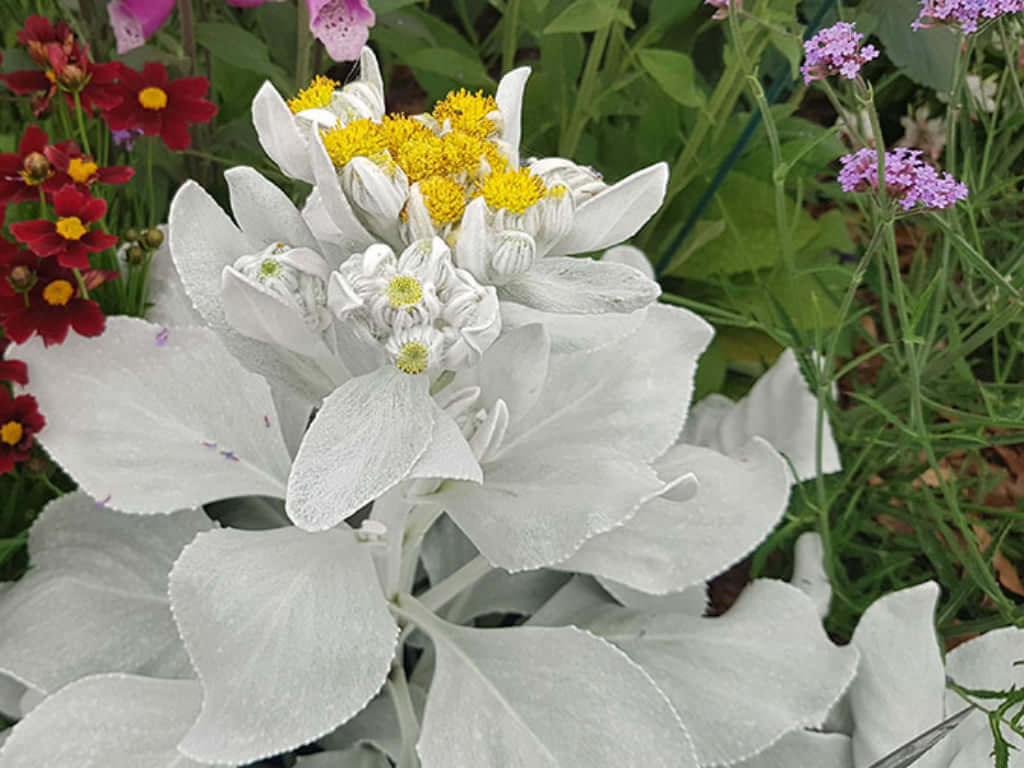
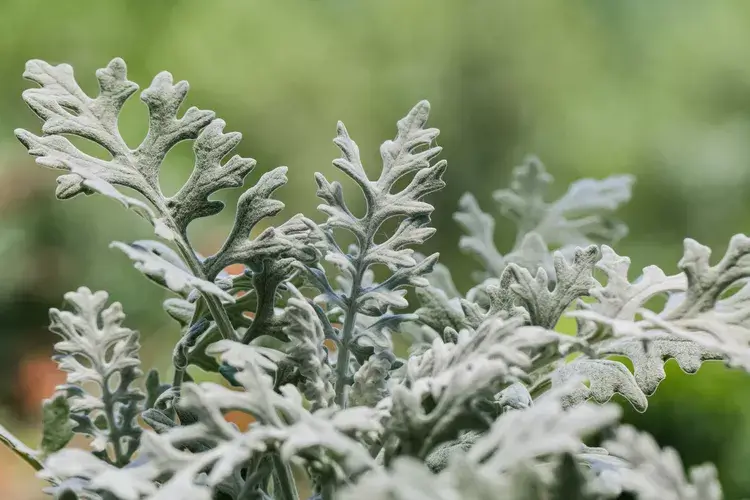
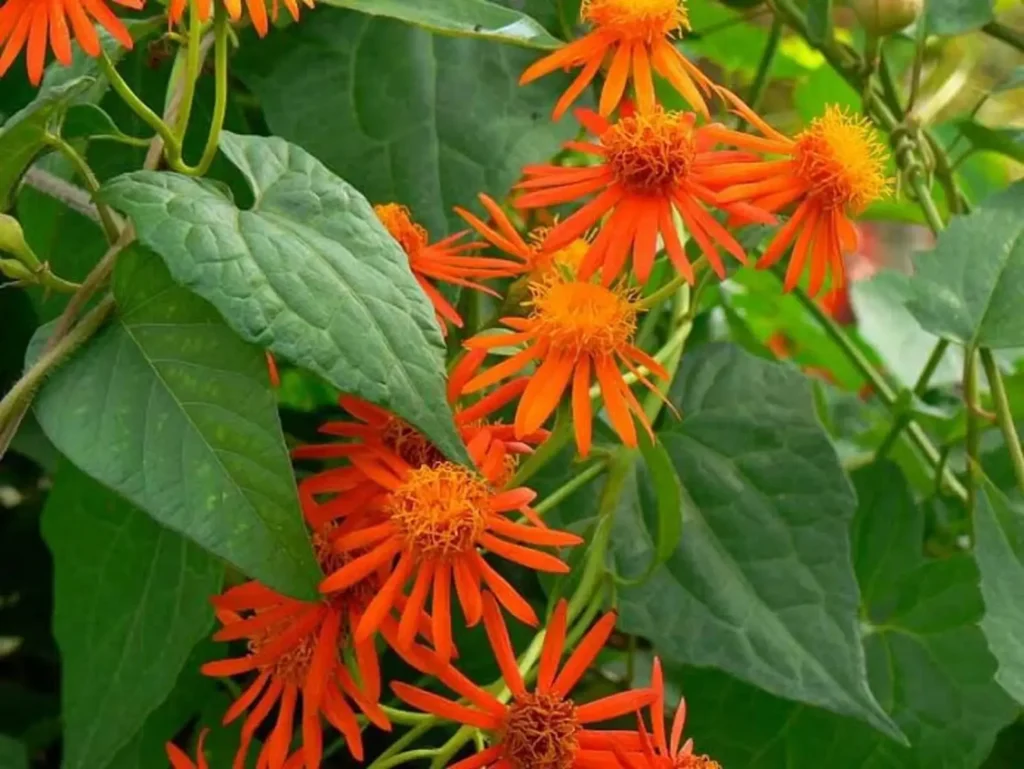
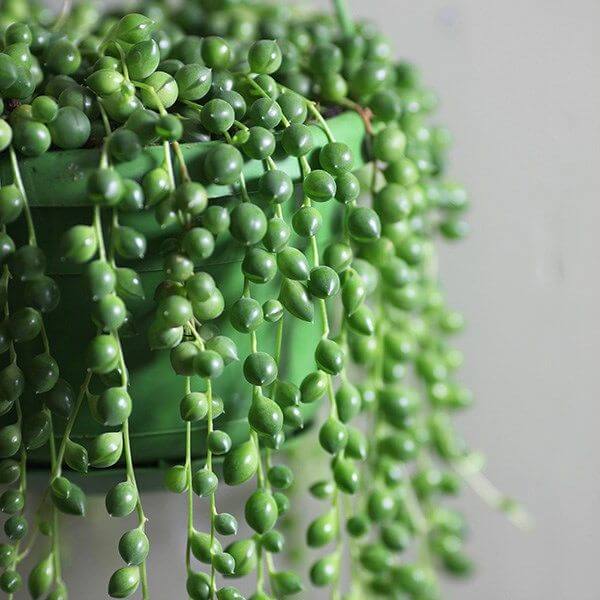
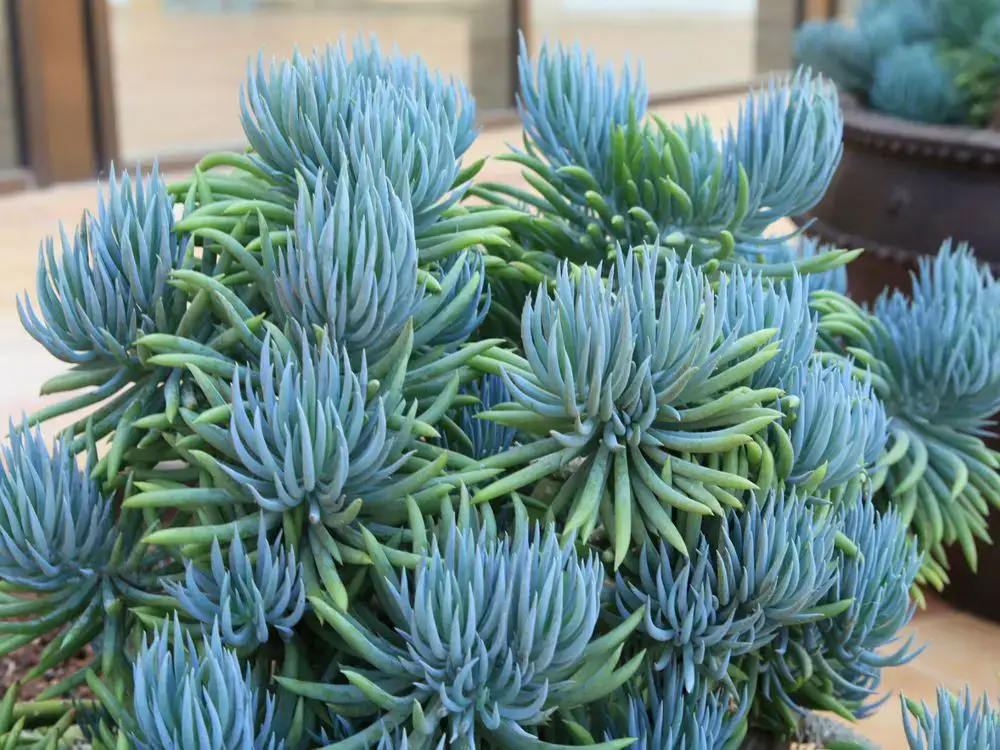

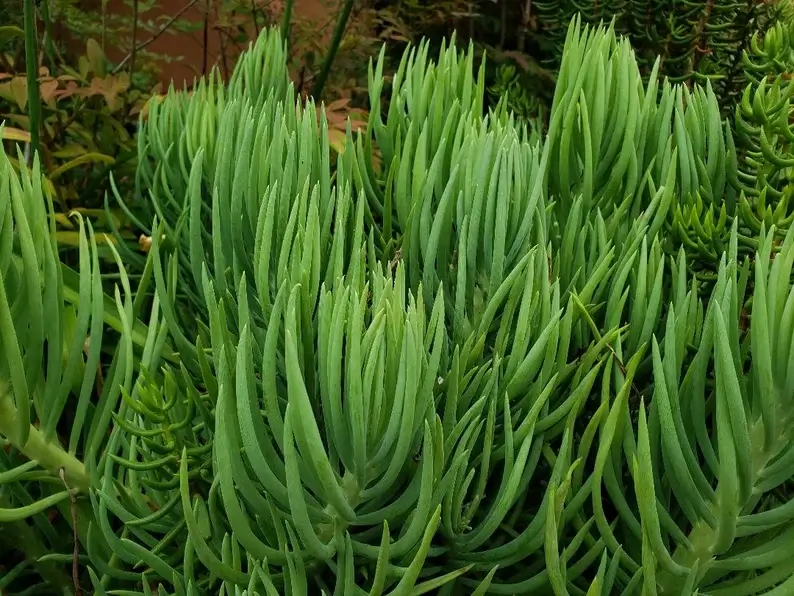
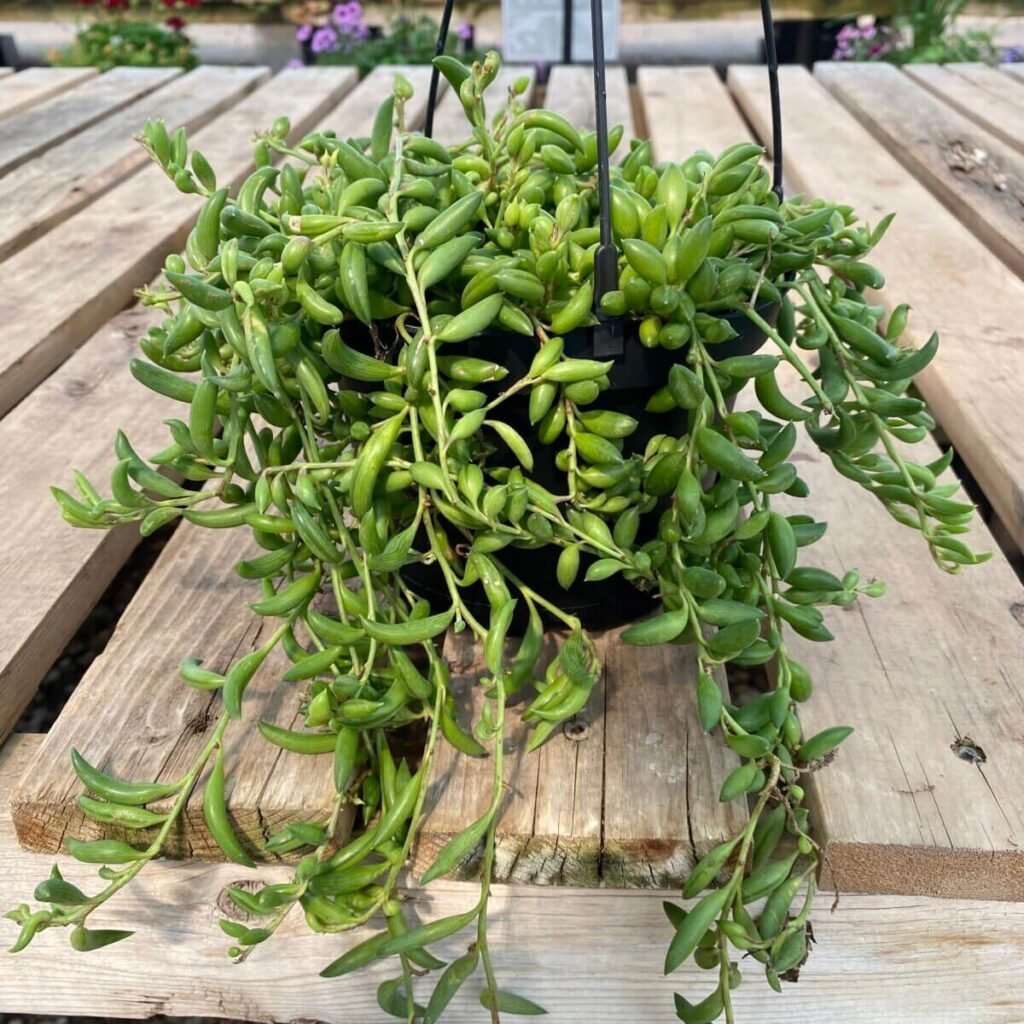
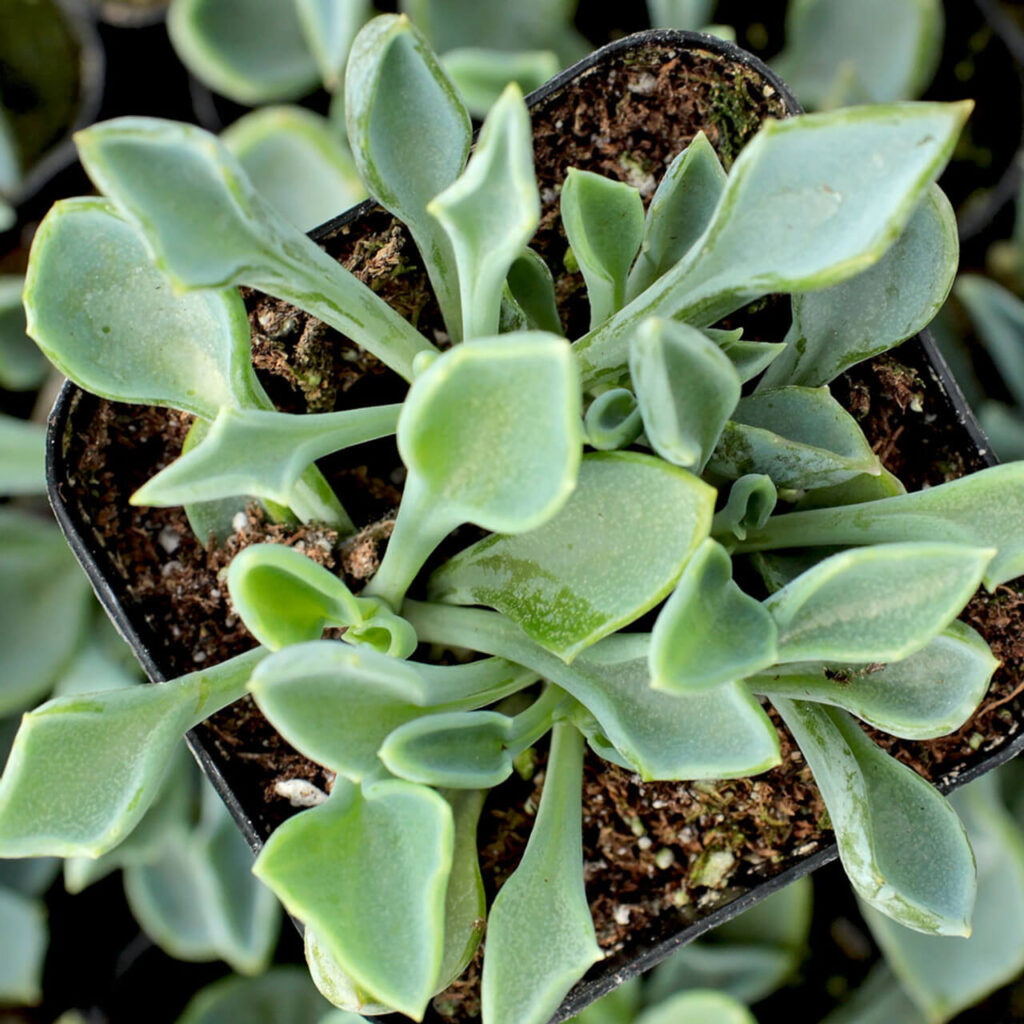
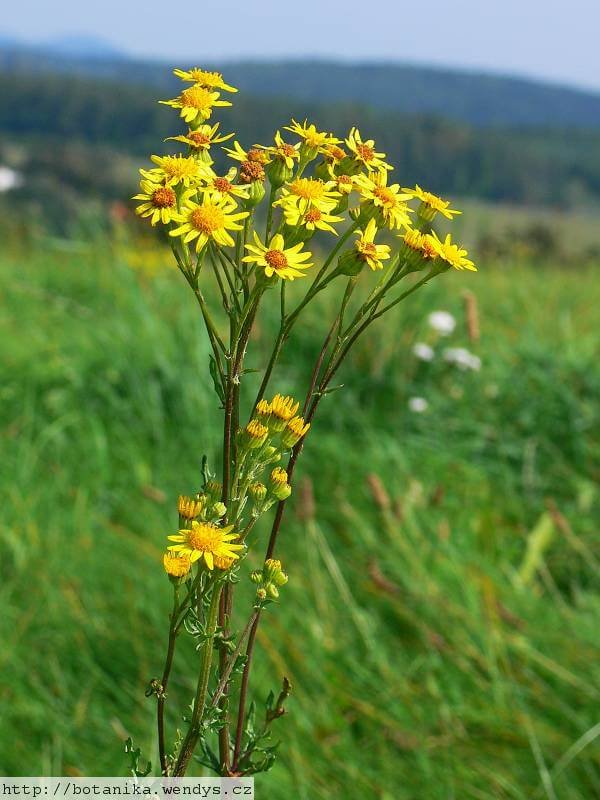
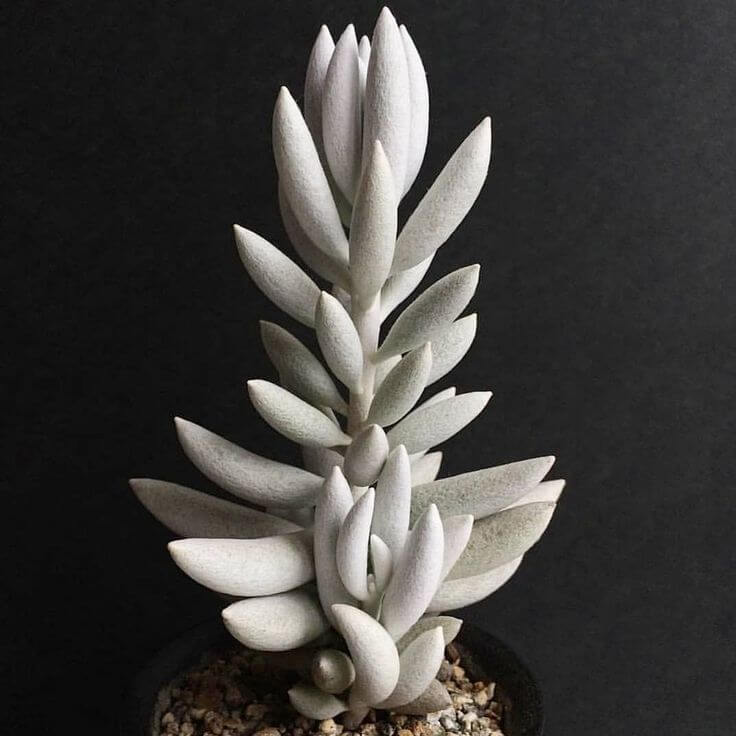
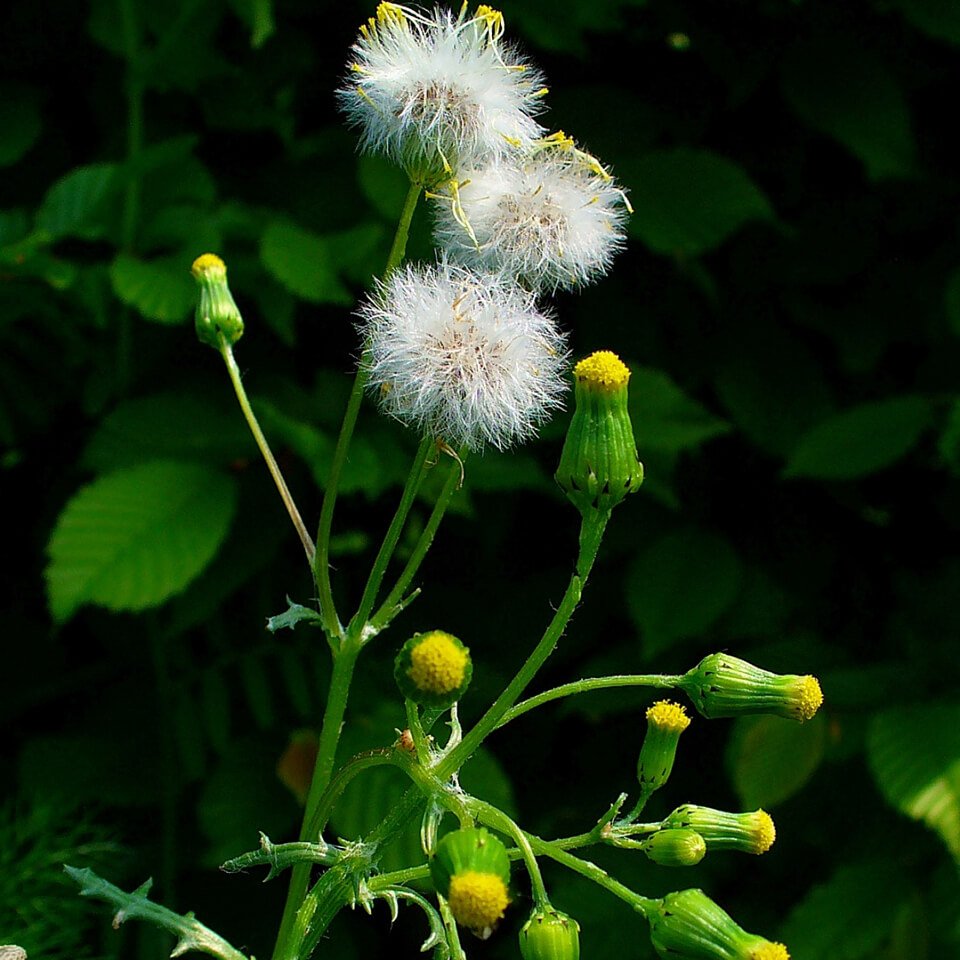
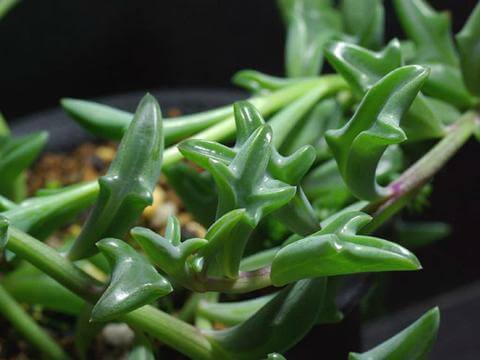
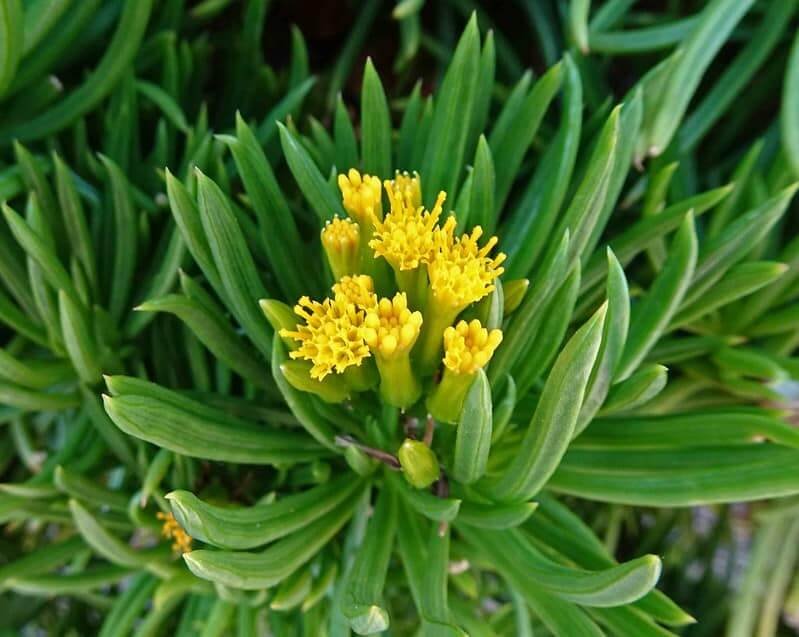
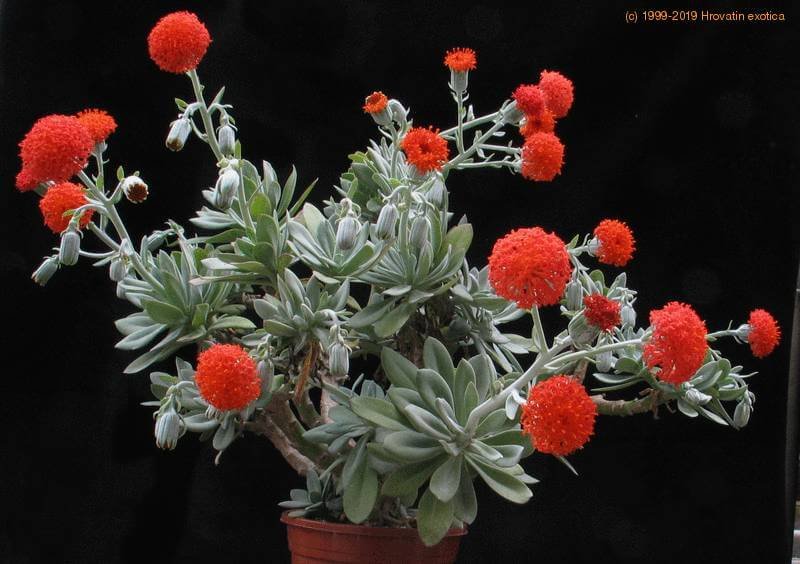
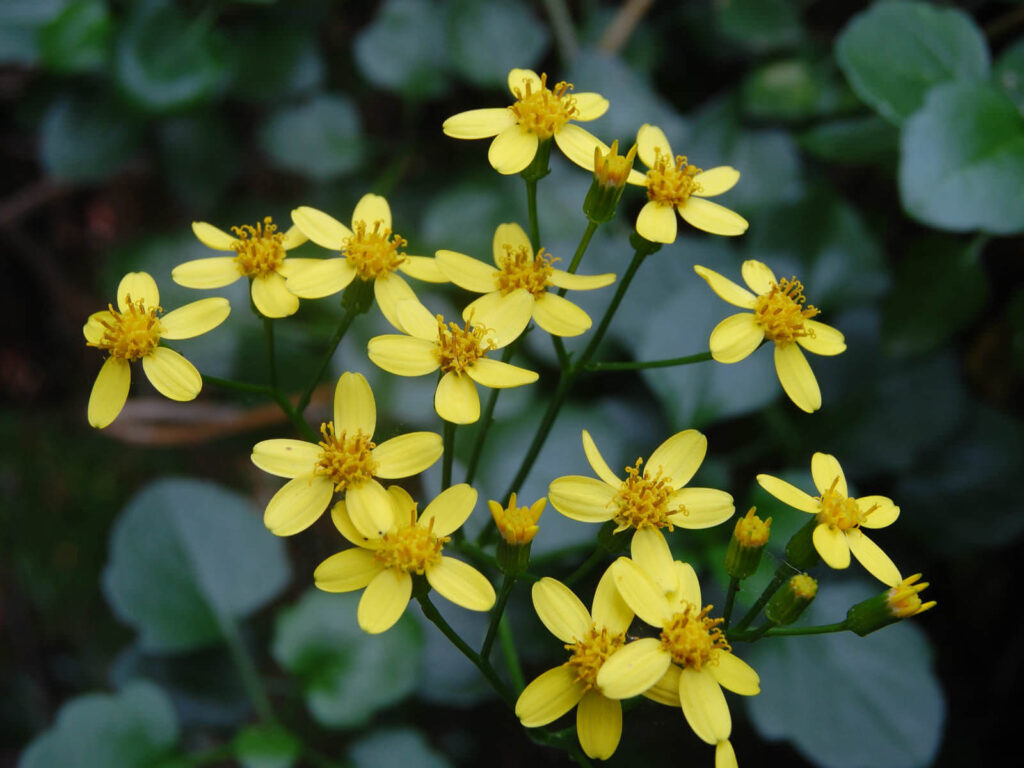
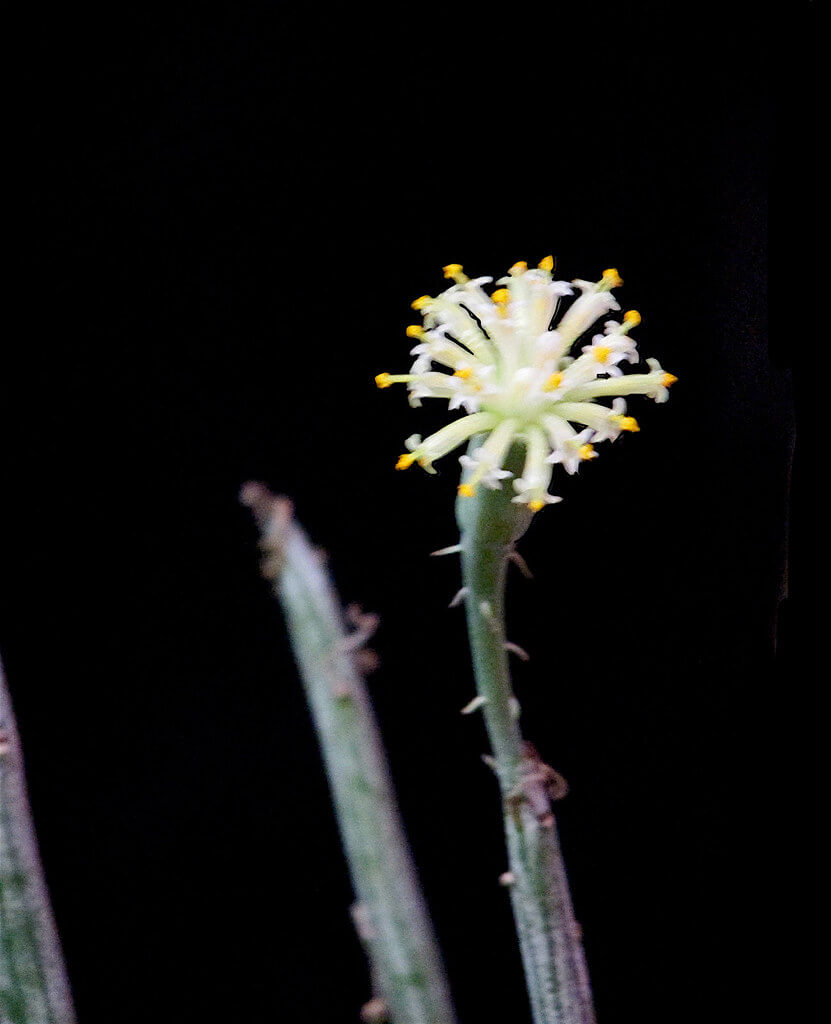
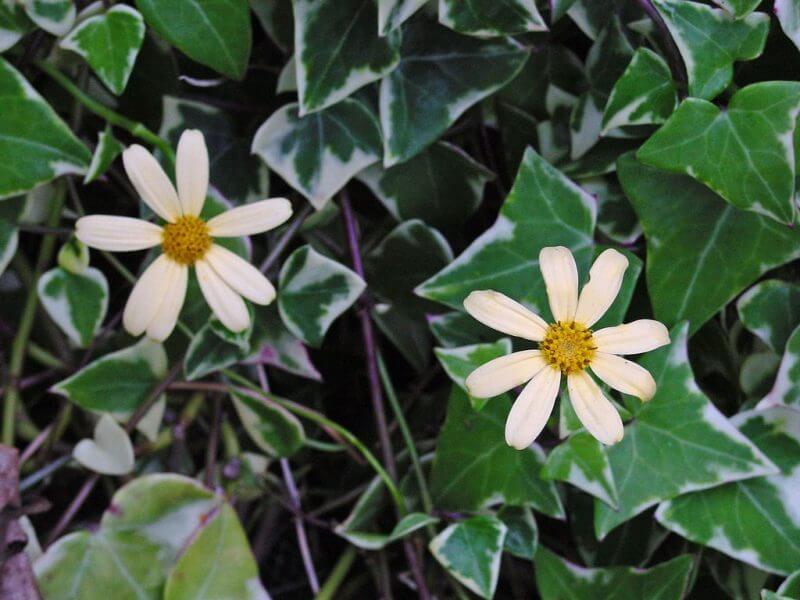
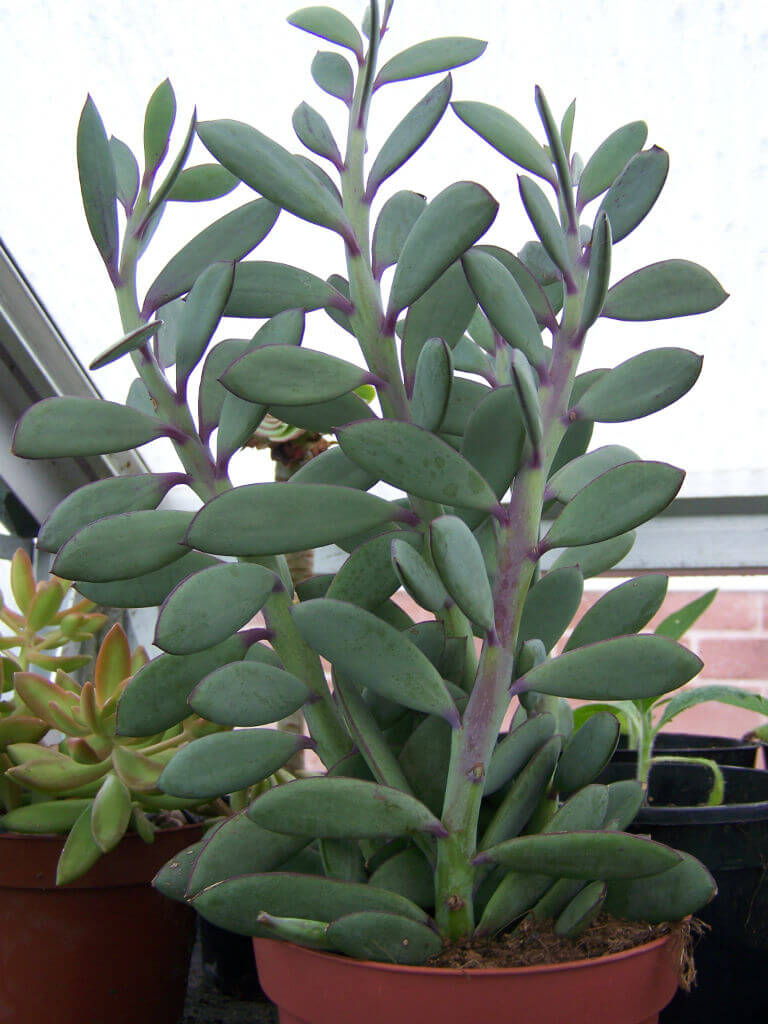
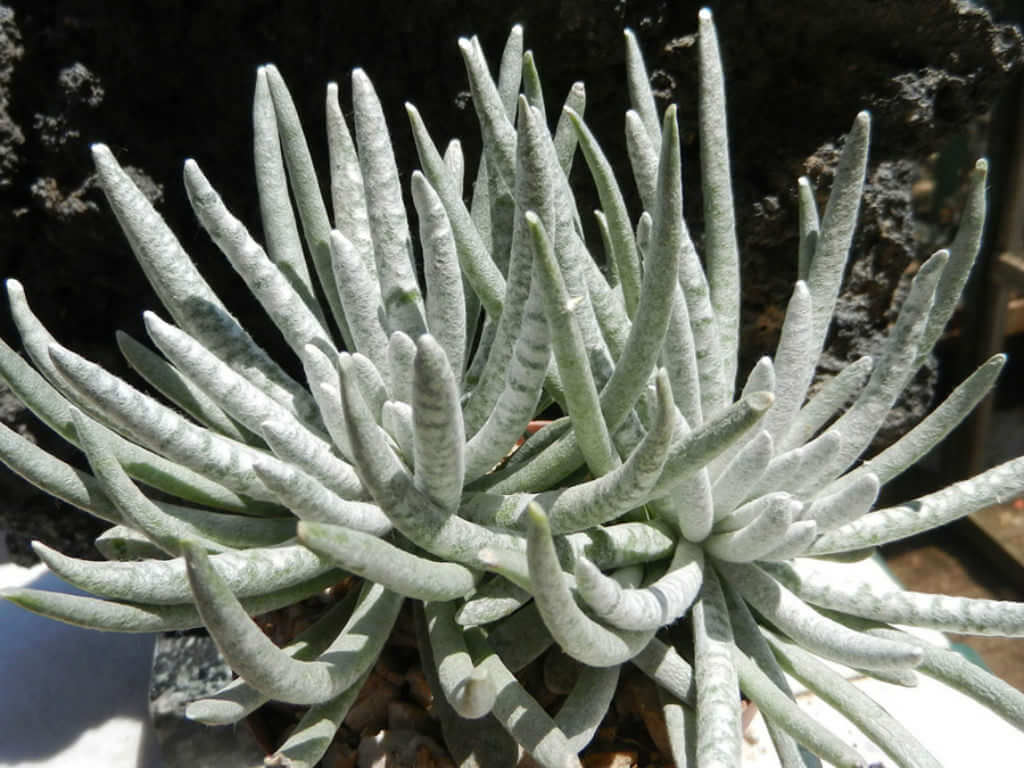

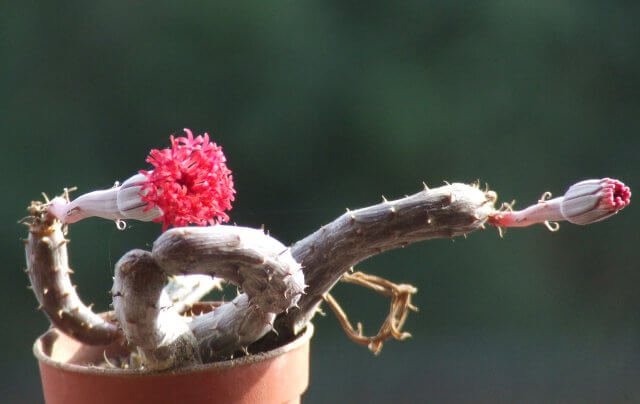
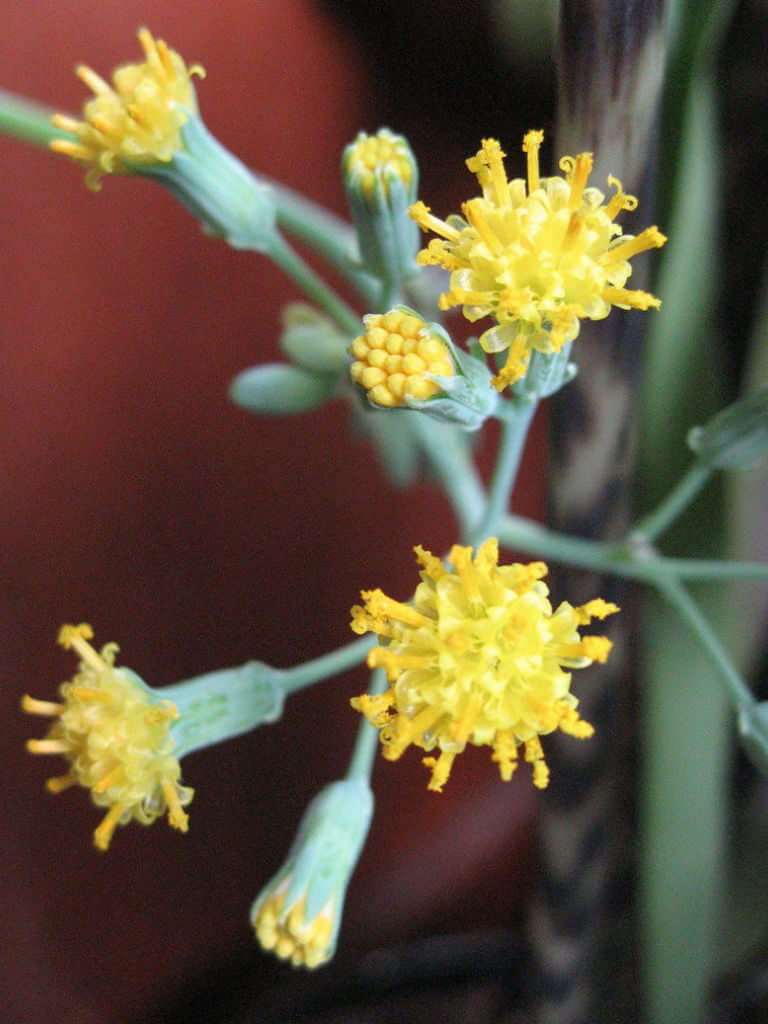

Please note that this is not an exhaustive list, and there are many more Senecio species and cultivars available in the horticultural market. The popularity and availability of specific varieties may vary depending on your location and local nurseries.
Ideal Environment for Angel Wings Growth
Discovering how to grow angel wings involves nurturing these enchanting plants, embracing the delicate process that brings forth their celestial grace. Here are some valuable tips:
Choosing the Right Location
Angel wings prefer bright, indirect light, making it crucial to select a location with ample natural light. Direct sunlight should be avoided as it can scorch their delicate leaves, so consider placing the plant near a north or east-facing window to provide the ideal lighting conditions. Additionally, it’s important to ensure that the chosen location has good air circulation to prevent humidity-related issues. These factors are essential for the optimal growth and health of your angel wings (Senecio Candidans).
Understanding Light Requirements
Learning how to grow angel wings indoors involves selecting the right potting mix and providing sufficient indirect light for these delicate plants. Angel wings thrive when they are placed in environments with abundant natural light, but they should be shielded from direct sun exposure. Indoor locations near windows are ideal, as long as the intense sunlight is avoided. Adequate light is crucial for the plant’s unique silver foliage to develop and retain its distinctive coloration. Conversely, if the plant is not provided with enough light, it may result in leggy growth and a loss of the characteristic silvery appearance, which are essential for its aesthetic appeal.
Considering Temperature and Humidity
To ensure the optimal growth of your angel wings (Senecio Candidans), it’s crucial to maintain temperatures between 65-75°F (18-24°C) during the day, with slightly cooler conditions at night. Gardeners often ponder how to grow angel wings successfully, considering factors like temperature and humidity to recreate optimal celestial conditions. Consistent temperatures and moderate humidity levels are essential for the healthy development and overall well-being of the plant. Additionally, angel wings appreciate moderate humidity, so using a humidifier in drier environments can be beneficial. It’s important to avoid exposing the plant to cold drafts or sudden temperature fluctuations, as they can cause stress and damage, hindering the plant’s growth and health.
Preparing the Soil
Loosening the soil to a depth of at least 12 inches using a garden fork is essential to create a loose and aerated planting area for your angel wings. This step allows the roots to penetrate the soil easily and promotes overall plant growth. Additionally, removing any rocks, roots, or debris from the soil ensures a clean and debris-free planting area, which is crucial for the health and development of your angel wings. Testing the soil pH using a testing kit is also important to ensure it falls within the optimal range of 6.0 to 7.0, providing the ideal conditions for your plant to thrive. Furthermore, incorporating organic matter such as compost or well-rotted manure helps enhance soil structure and fertility, providing essential nutrients for the growth and development of your angel wings.
Ensuring Good Drainage
Cultivating angel wings in containers prompts questions on how to provide adequate drainage and nutrients for their graceful development. Amending heavy clay soils with coarse sand or perlite is crucial to improve drainage and prevent waterlogging, creating an optimal environment for your angel wings to thrive. Raised beds can be a great solution, especially in areas with poor natural drainage, ensuring proper drainage to support healthy growth. Overwatering should be avoided, and excess water should be allowed to drain freely, whether in the soil or containers with adequate drainage holes. Using mulch around plants is another effective strategy to maintain an even level of moisture without creating waterlogged conditions, promoting the optimal growth and health of your angel wings.
Adding Organic Matter for Nutrition
Incorporating well-rotted compost into the soil is crucial to improve its nutrient content and support healthy growth for your angel wings. You might also want to consider utilizing organic fertilizers such as fish emulsion or seaweed extract for additional nutritional benefits, enhancing the overall soil quality. Ensure a balanced mix of organic matter by combining materials like leaf mold, grass clippings, and aged animal manure to promote a fertile environment for the plant’s growth. Additionally, rotating crops annually and using cover crops like clover or hairy vetch can add organic matter while also fixing nitrogen in the soil, fostering a thriving ecosystem for your angel wings to flourish.
Propagation Techniques
Angel Wings can be propagated using stem cuttings, involving the careful selection of a 3-6 inch cutting from a healthy, mature plant. It’s essential to ensure that the stem cutting has at least one leaf node and any lower leaves are removed to prevent rotting when planting. When employing stem cuttings, allowing the cut end to dry and callus for a few days before planting in well-draining soil is crucial to promote root development. Alternatively, seed propagation is another viable technique, allowing for the collection of small seeds produced by the Angel Wings plant for sowing in a seed-starting mix to facilitate germination.
Using Stem Cuttings
Using stem cuttings is an effective way to propagate Angel Wings as it allows you to create new plants that are genetically identical to the parent plant. To increase the success rate of propagation using stem cuttings, maintain high humidity around the cutting by covering it with a plastic bag or placing it in a propagator. Regularly misting the cutting and providing indirect light can support its growth while roots develop. After about 4-6 weeks, check for root development by gently tugging on the cutting, and once roots are established, transplant it into a larger pot. This careful process will ensure the continued propagation and growth of healthy Angel Wings plants.
Seed Propagation Tips
Garden enthusiasts seek advice on how to grow angel wings from seed, eager to witness the gradual transformation of these beautiful plants. When collecting seeds for propagation, it’s best to wait until the seed heads have dried on the plant before harvesting them for sowing. Lightly sow the Angel Wings seeds on top of moistened seed-starting mix and cover them gently with more mix to maintain the required moisture levels during germination. Throughout the germination process, keep the soil consistently moist but not waterlogged, typically taking around 14-21 days for the seeds to sprout. Once the seedlings have developed several sets of true leaves, they can be safely transplanted into individual pots or directly into the garden, ensuring a smooth transition for the young Angel Wings plants.
Planting and Watering
To ensure optimal growth and health for your Angel Wings, it’s crucial to consider a few key factors. First, select a well-draining potting mix that includes sand or perlite to promote proper drainage for planting your Angel Wings. Additionally, plant them in a bright location with indirect sunlight to provide the ideal environment for healthy growth. When it comes to watering, make sure to water your Angel Wings thoroughly, allowing the soil to dry out slightly between waterings to prevent root rot. Lastly, remember to fertilize your Angel Wings sparingly during the growing season using a balanced liquid fertilizer diluted to half strength, providing essential nutrients for their development.
Watering Angel Wings Properly
When caring for your Angel Wings plant, it’s essential to water it thoroughly once the top inch of the soil feels dry. This ensures optimal hydration without risking waterlogging. Using room temperature or lukewarm water facilitates better absorption and promotes healthy growth. Keep a close eye on moisture levels, especially in warmer months, as these plants thrive in slightly drier conditions between watering sessions. Additionally, when watering, take care to avoid wetting the foliage to minimize the risk of fungal diseases and maintain the overall health of your cherished Angel Wings.
Fertilizing and Pruning
Gardeners experiment with various fertilizers, researching how to grow angel wings with the right nutrients to enhance their celestial allure. When fertilizing Angel Wings, it’s essential to use a balanced liquid fertilizer diluted to half strength during the growing season to provide the necessary nutrients for healthy development. Pruning your Angel Wings by pinching off the stem tips encourages bushiness and prevents legginess, resulting in a more robust and attractive plant. Regularly removing yellow or dead leaves is crucial to maintain the plant’s health and visual appeal. However, excessive pruning should be avoided, as Angel Wings thrive with minimal interference once they are established, allowing them to flourish naturally.
Feeding Angel Wings
Feeding Angel Wings with a liquid fertilizer high in phosphorus every 4-6 weeks during the growing season is crucial for their healthy development. Remember to water the plant before fertilizing to prevent root burn from concentrated nutrients. An alternative option to consider is using a slow-release fertilizer for a more consistent nutrient supply over time, ensuring the angel wings receive the necessary nourishment. It’s essential to adjust the feeding frequency based on the plant’s growth and response to avoid over-fertilization and maintain their overall well-being.
Pruning for Health and Aesthetics
Pruning Angel Wings serves both practical and aesthetic purposes. By removing any damaged or crossing branches, you maintain the plant’s health and vigor. Additionally, considering the natural shape of the Angel Wings while pruning not only enhances its visual appeal but also helps the plant thrive. Utilizing clean, sharp pruning shears ensures precise cuts and minimizes stress on the plant. After pruning, keep a close eye on the plant’s growth pattern to ensure it responds positively to the trimming, promoting healthy and robust development. Balancing patience and attention to detail is crucial when learning how to grow angel wings, ensuring a rewarding experience as they unfurl their celestial splendor.
Dealing with Pests and Diseases
Regularly inspecting your angel wings plant for common pests such as aphids, spider mites, and mealybugs is crucial to catch infestations early and prevent widespread damage. If you notice any signs of infestation, opt for gentle insecticidal soap or neem oil spray to effectively treat common pests, ensuring thorough coverage of the plant’s leaves and stems. Additionally, pruning and removing any infected or damaged parts of the angel wings plant is essential to prevent the spread of diseases and pests within the foliage. Encouraging the presence of natural predators like ladybugs or lacewings in your garden can also help control common pests organically, minimizing the need for harsh chemicals and promoting a balanced ecosystem within your garden.
Identifying and Treating Common Pests
When inspecting your Angel Wings plant, keep an eye out for telltale signs of common pests such as stippling on leaves, presence of webbing, or sticky residue, which could indicate the presence of aphids, spider mites, or mealybugs. If you do notice a pest infestation, it’s crucial to isolate the affected plant from others to prevent the spread while promptly treating it. Consider utilizing organic pest control methods, such as introducing beneficial nematodes to the soil, to naturally combat pests without harming beneficial insects. Furthermore, it’s important to avoid over-fertilizing your Angel Wings, as this can attract certain pests; maintaining a balanced nutrient level is vital to promoting the overall health of your plants.
Preventing and Managing Diseases
To ensure the optimal health of your angel wings plant, it’s crucial to prioritize air circulation and proper watering techniques. Providing ample spacing between plants promotes air circulation, reducing the risk of fungal diseases. When watering, direct the water at the base of the plant in the morning, allowing any excess moisture on the leaves to evaporate during daylight hours, minimizing the likelihood of disease. Additionally, safeguard your angel wings plant by applying a preventive fungicidal spray created from baking soda and horticultural oil to combat common fungal issues like powdery mildew. Lastly, maintain good sanitation practices by regularly removing fallen leaves and debris from around your plant to prevent the accumulation of disease-causing pathogens. These proactive measures will contribute to the overall well-being and vitality of your angel wings.
Conclusion
In conclusion, cultivating angel wings demands a thoughtful approach, where understanding the delicate balance of sunlight, soil, and watering is crucial for their ethereal beauty to flourish. Gardeners embarking on the journey of how to grow angel wings indoors should focus on selecting the right potting mix and providing sufficient indirect light. Whether from seed or cuttings, mastering the techniques on how to grow angel wings becomes a rewarding process, allowing enthusiasts to witness the gradual transformation of these celestial wonders.
As one navigates the intricacies of how to grow angel wings, the consideration of factors such as temperature, humidity, and suitable containers for optimal growth becomes essential. By seeking advice from experienced horticulturists and adapting care routines based on different climates, the journey of how to grow angel wings unveils not only the secrets to nurturing their celestial allure but also the joy of incorporating these enchanting plants into both indoor and outdoor spaces. In essence, embracing the challenge of how to grow angel wings provides not just a gardening experience but a connection with the celestial beauty that unfolds as these ethereal plants thrive and add their celestial grace to any green sanctuary.
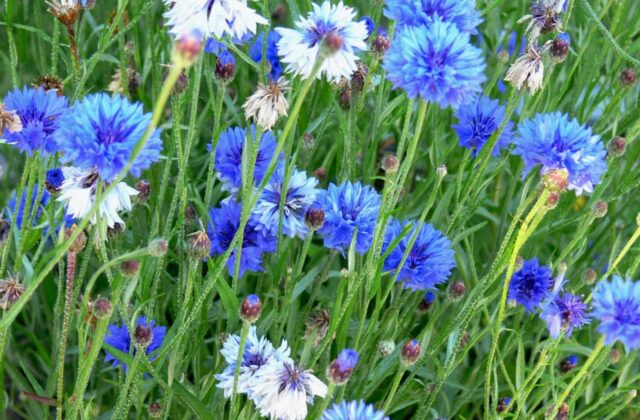
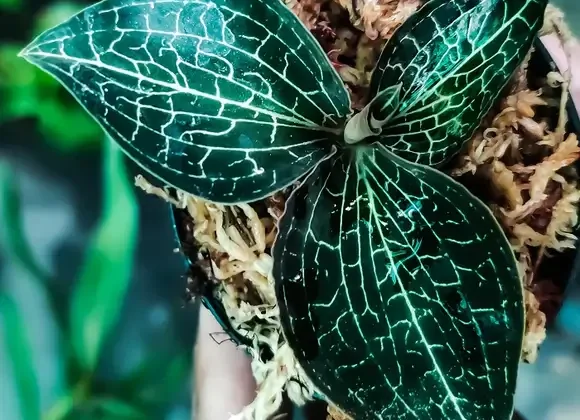
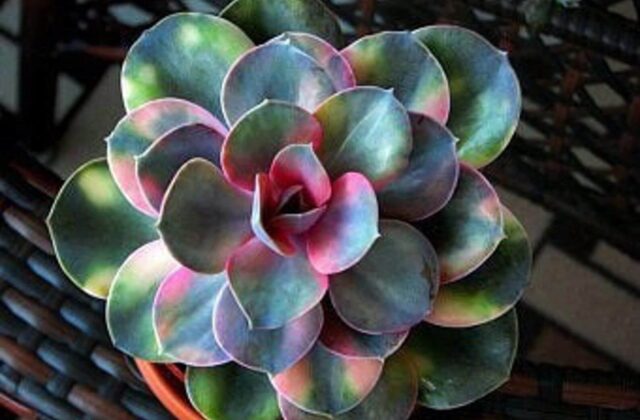
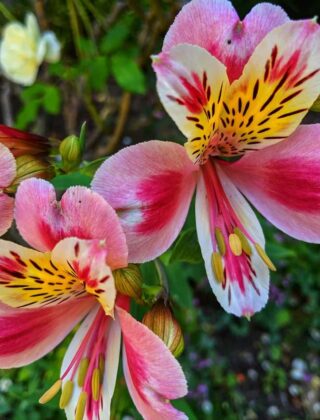
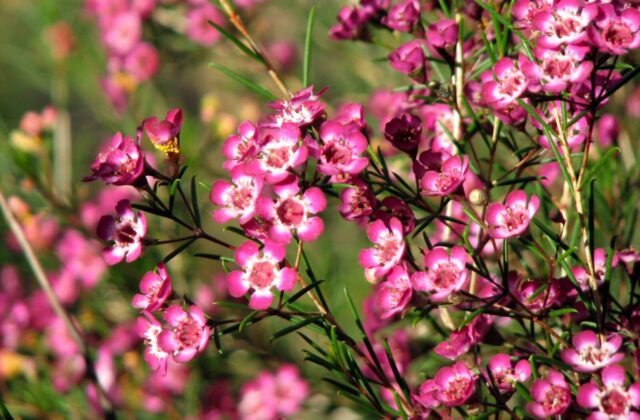
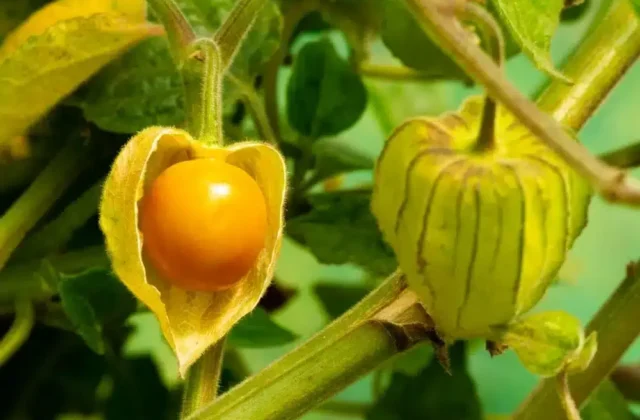
36 comments
Heya i’m for the first time here. I found this board and I find It really useful &
it helped me out a lot. I hope to give something back and aid others like you aided me.
Here is my web site vpn special coupon code 2024
I will right away snatch your rss feed as I can not
in finding your e-mail subscription hyperlink or newsletter service.
Do you’ve any? Please allow me recognize so that I may
subscribe. Thanks.
Here is my blog: vpn coupon code 2024
Hey! I know this is somewhat off topic but I was wondering if you knew where I could find a captcha plugin for
my comment form? I’m using the same blog platform as yours and
I’m having problems finding one? Thanks a lot!
My web blog; vpn code 2024
An outstanding share! I have just forwarded this
onto a co-worker who had been conducting a little research on this.
And he actually ordered me breakfast because I found it for him…
lol. So let me reword this…. Thank YOU for the meal!!
But yeah, thanx for spending the time to talk about this subject
here on your site.
Here is my webpage; vpn code 2024
Howdy! Someone in my Myspace group shared this site with us
so I came to check it out. I’m definitely enjoying
the information. I’m bookmarking and will be
tweeting this to my followers! Exceptional blog and brilliant design and
style.
My web blog; vpn special code
porn
matadorbet porn
This was a delight to read. You show an impressive grasp on this subject! I specialize about Website Design and you can see my posts here at my blog Webemail24 Keep up the incredible work!
This is some awesome thinking. Would you be interested to learn more? Come to see my website at Seoranko for content about Social Media Marketing.
Awsome post and right to the point. I am not sure if this is
in fact the best place to ask but do you folks have any ideea where to hire some professional writers?
Thanks 🙂 Escape room lista
Fantastic goods from you, man. I’ve understand your stuff previous to and you are just too excellent. I actually like what you’ve acquired here, really like what you are stating and the way in which you say it. You make it enjoyable and you still care for to keep it wise. I can’t wait to read much more from you. This is actually a tremendous site.
529869 349632Some really nice stuff on this web site , I like it. 920343
F*ckin’ amazing things here. I’m very glad to see your post. Thanks a lot and i am looking forward to contact you. Will you please drop me a e-mail?
Hurray, this is just the right information that I needed. You make me want to learn more! Stop by my page Articlecity about Search Engine Optimization.
child porn
Hey there, I appreciate you posting great content covering that topic with full attention to details and providing updated data. I believe it is my turn to give back, check out my website Articleworld for additional resources about Website Design.
Great post! I learned something new and interesting, which I also happen to cover on my blog. It would be great to get some feedback from those who share the same interest about Escort Services, here is my website Article Sphere Thank you!
This is really interesting, You’re a very skilled blogger. I’ve joined your feed and look forward to seeking more of your magnificent post. Also, I’ve shared your site in my social networks!
This was beautiful Admin. Thank you for your reflections.
betturkey
slot demo pg slot demo pg slot
demo pg slot demo pg
Good day! I know this is somewhat off topic but I
was wondering if you knew where I could find a captcha plugin for my comment form?
I’m using the same blog platform as yours and I’m having trouble finding one?
Thanks a lot!
imbagacor imbagacor imbagacor imbagacor
Yes! Finally something about live draw hk.
dunia777 dunia777 dunia777
Yesterday, while I was at work, my cousin stole my apple ipad
and tested to see if it can survive a thirty foot drop, just
so she can be a youtube sensation. My iPad is now destroyed and she
has 83 views. I know this is completely off topic but
I had to share it with someone!
Very good article, I loved the way you write.
pragmatic demo pragmatic demo pragmatic demo
Aw, this was an extremely good post. Spending some
time and actual effort to create a very good article… but what can I say… I procrastinate a lot and
don’t seem to get anything done.
dagelan4d dagelan4d dagelan4d
Currently it looks like Movable Type is the preferred blogging platform out there right now.
(from what I’ve read) Is that what you’re using on your blog?
Hi there! I know this is kinda off topic nevertheless
I’d figured I’d ask. Would you be interested in exchanging links or maybe
guest writing a blog post or vice-versa? My blog covers a lot of the same topics as yours and I think we
could greatly benefit from each other. If you are
interested feel free to send me an email.
I look forward to hearing from you! Great blog by the way!
Woah! I’m really enjoying the template/theme
of this blog. It’s simple, yet effective. A lot of times it’s hard to get that
“perfect balance” between user friendliness and visual appearance.
I must say you’ve done a amazing job with this.
Also, the blog loads very quick for me on Firefox.
Exceptional Blog!
What’s up, after reading this amazing paragraph
i am too glad to share my experience here with friends.
Your article helped me a lot, is there any more related content? Thanks!
I don’t think the title of your article matches the content lol. Just kidding, mainly because I had some doubts after reading the article.
I’ve been exploring for a little for any high quality articles or blog
posts on this kind of space . Exploring in Yahoo I finally stumbled upon this web site.
Reading this info So i’m happy to show that I have a
very just right uncanny feeling I came upon exactly what I needed.
I so much without a doubt will make certain to do not put out of your mind
this web site and provides it a look regularly.
Link exchange is nothing else however it is just placing the other person’s web site link on your page at proper place and other person will also do similar in favor of you.
Thank you for your sharing. I am worried that I lack creative ideas. It is your article that makes me full of hope. Thank you. But, I have a question, can you help me?
Hello There. I found your blog the usage of msn. This is an extremely well written article.
I’ll make sure to bookmark it and return to
learn extra of your helpful information. Thank you for the post.
I will certainly comeback.